Nephrolepis Stingray Fern
Original price was: ₹449.00.₹99.00Current price is: ₹99.00.
105 in stock
Size: Single Plant | 2.5″ Pot Included
The Nephrolepis Stingray Fern, also known as the Stingray Boston Fern (Nephrolepis exaltata Stingray), is a distinctive variety of the popular Boston Fern. It is characterized by its bright green fronds that have a unique growth habit, where the fronds stop growing at a certain length and create a dense, rounded, ball-like appearance.
Here’s a guide to caring for your Nephrolepis Stingray Fern:

Light
- Bright, indirect light is ideal. Like other Boston ferns, the Stingray fern thrives in a location with filtered sunlight or partial shade. An east-facing window or a spot a few feet away from a south or west-facing window (protected by a sheer curtain) would be suitable.
- Avoid direct sunlight, as it can scorch the delicate fronds.
- Insufficient light can lead to pale or yellow leaves and sparse growth.
Watering
- Maintain consistently moist soil. The Stingray fern enjoys moisture but should not sit in waterlogged soil, which can lead to root rot.
- Water thoroughly when the top inch of the soil feels slightly dry to the touch. Allow excess water to drain from the bottom of the pot.
- Reduce watering in the winter months when the plant’s growth slows down. Water only when the top inch or two of soil feels dry.
- Use lukewarm water if possible. Some sources recommend using distilled or rainwater to avoid chemicals found in tap water that can cause brown tips.
Humidity
- High humidity is crucial for Nephrolepis ferns due to their tropical origins. Aim for humidity levels above 50%, ideally between 60-80%.
- Increase humidity by:
- Misting the fronds regularly with water, especially if your home air is dry due to heating or air conditioning.
- Placing the pot on a pebble tray filled with water. As the water evaporates, it increases the humidity around the plant. Ensure the bottom of the pot is above the water line to prevent root rot.
- Using a humidifier near the plant.
- Grouping plants together, as they naturally create a more humid microclimate.
- Brown, crispy frond tips often indicate that the air is too dry.
Temperature
- Maintain a temperature range of 18-24°C (65-75°F).
- Avoid exposing the fern to cold drafts or extreme temperature fluctuations, such as near heating or air conditioning vents, or frequently opened doors and windows. Temperatures below 13°C (55°F) can damage the plant.
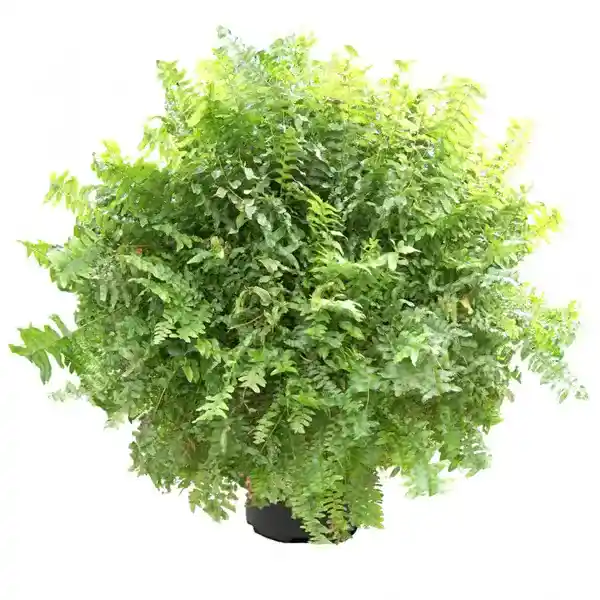
Soil
- Use a well-draining, nutrient-rich potting mix. A peat-based mix amended with perlite or sand to improve drainage is suitable. You can also use a mix of potting soil, perlite, and bark.
- Ensure the pot has drainage holes to prevent water from sitting at the bottom.
Fertilizing
- Feed sparingly during the growing season (spring and summer) with a diluted liquid houseplant fertilizer (e.g., 20-10-20) every 4-6 weeks at half strength.
- Do not fertilize during the late fall and winter when the plant is not actively growing.
Pruning
- Remove any yellow or brown fronds at the base to keep the plant tidy and encourage new growth.
- Trim back any leggy stems to maintain the desired shape.
- Regular pruning can also help improve air circulation and prevent potential pest or disease issues.
Repotting
- Repot every 1-2 years or when the plant becomes root-bound (roots growing out of the drainage holes).
- Choose a pot that is slightly larger than the previous one.
- Repot in the spring or early summer to give the plant time to recover.
Propagation
- The Nephrolepis Stingray Fern can be propagated by division during repotting. Gently separate the rhizomes (the horizontal stems at the soil level) into sections, ensuring each section has some fronds and roots, and pot them separately.
- Propagation by spores is also possible but is a more involved and slower process.
Nephrolepis Stingray Fern Common Problems
- Brown tips: Usually caused by low humidity, inconsistent watering, or hard water.
- Yellowing leaves: Can be due to overwatering, underwatering, or insufficient light.
- Leaf drop or wilting: May indicate stress from sudden environmental changes, drafts, or improper watering.
- Pests: Keep an eye out for common houseplant pests like spider mites and mealybugs. Treat any infestations promptly with insecticidal soap or neem oil.
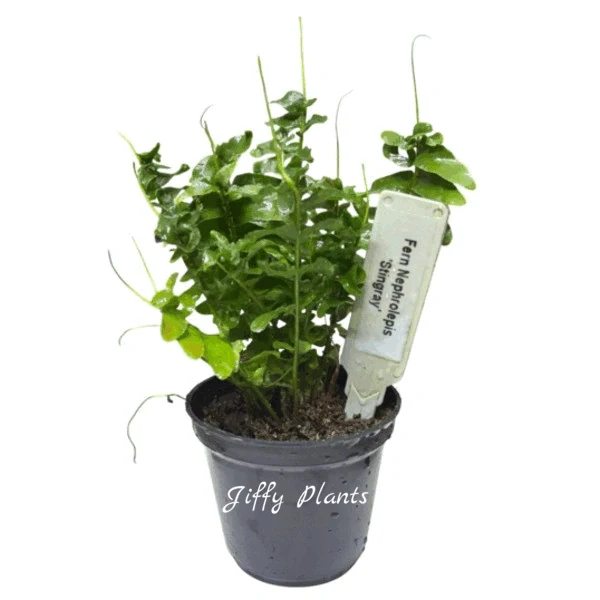
By providing the right conditions, your Nephrolepis Stingray Fern can be a beautiful and unique addition to your indoor plant collection. Its distinctive rounded growth habit makes it particularly attractive in hanging baskets or on plant stands where its form can be fully appreciated.
Only logged in customers who have purchased this product may leave a review.

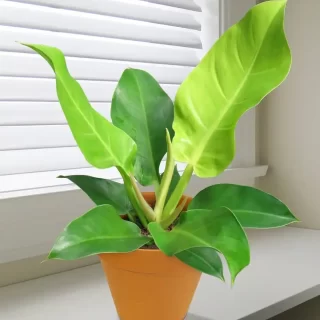
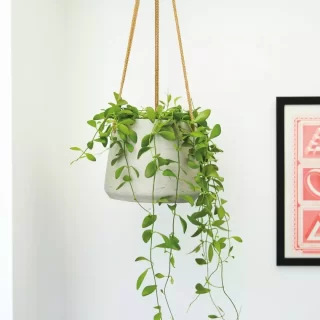
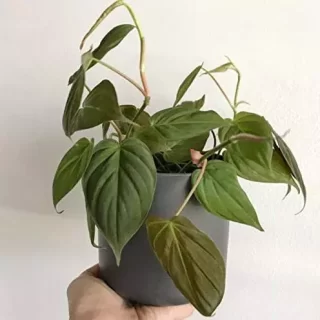
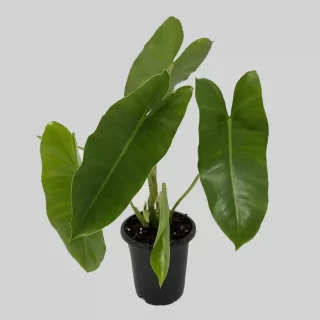
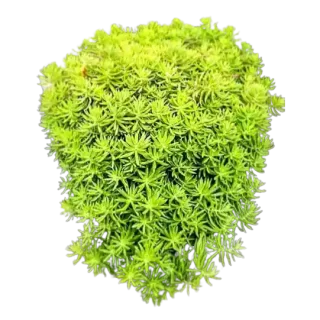
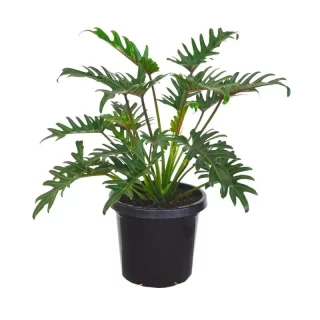
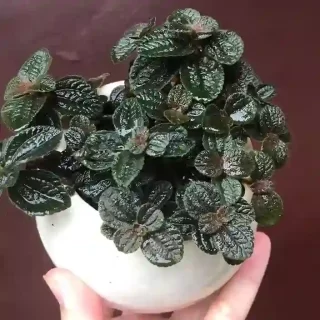
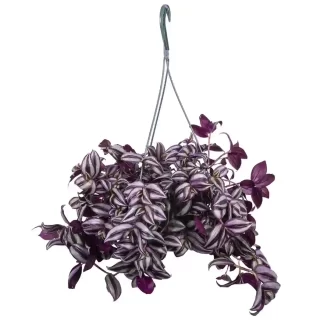
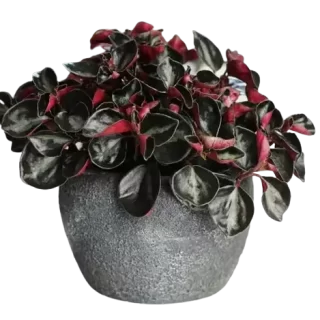
 If you need any assistance, I'm always here. Have you found what you were looking for?
If you need any assistance, I'm always here. Have you found what you were looking for?
Reviews
There are no reviews yet.